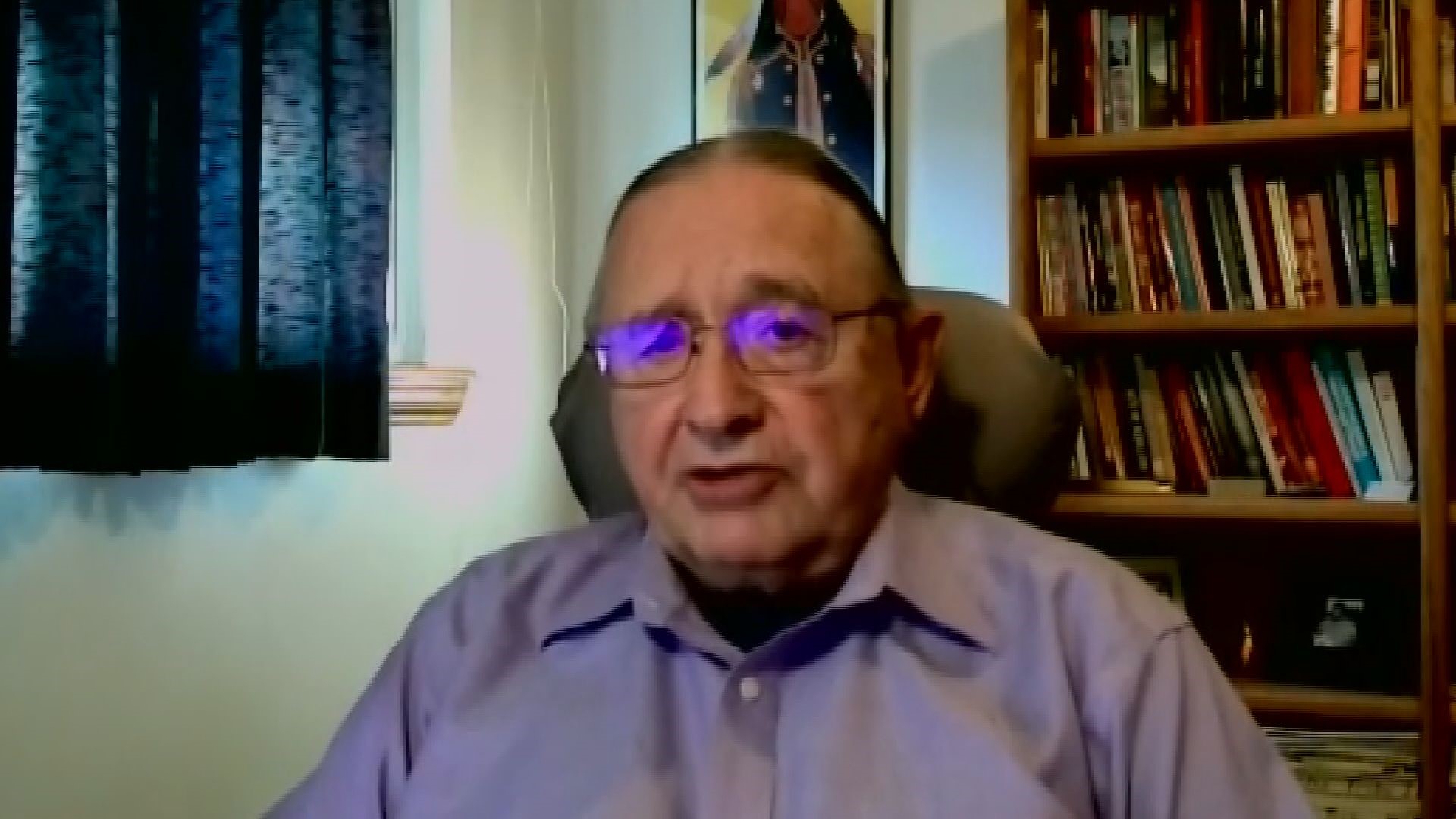EADS, Colo. — Interior Secretary Deb Haaland announced an expansion Wednesday of a National Park Service historical site dedicated to the massacre by U.S. troops of more than 200 Native Americans in what is now southeastern Colorado.
Haaland, the first Native American to lead a U.S. Cabinet agency, made the announcement during a solemn ceremony at the Sand Creek Massacre National Historical Site about 170 miles (272 kilometers) southeast of Denver to honor the dead, survivors and their descendants.
>The video above is a prior story about the massacre.
The move marked the latest step taken by Haaland to act on issues important to Native Americans in her role as Interior Secretary.
Haaland’s selection to lead the federal agency that has wielded influence over the nation’s tribes for nearly two centuries was hailed as historic by Democrats and tribal groups who said it meant that Indigenous people — who lived in North America before the United States was created — would for the first time see a Native American lead the powerful department where decisions on relations with the nearly 600 federally recognized tribes are made.
Earlier this year, the agency released a first-of-its-kind report about Native American boarding schools that the U.S. government supported to strip Indigenous people of their cultures and identities. She has also formally declared “squaw” a derogatory term and taken steps to remove it from federal government use and to replace other derogatory place names.
Expansion of the Sand Creek Massacre site, about 170 miles (272 kilometers) southeast of Denver, will provide more opportunities for visitors to learn about the 1864 massacre of Cheyenne and Arapaho, most of them women and children, Haaland said Wednesday. She declared that it is her department's "solemn responsibility” to “tell the story of our nation.”
"The events that took place here forever changed the course of the Northern Cheyenne, Northern Arapaho, and Cheyenne and Arapaho Tribes,” she said. “We will never forget the hundreds of lives that were brutally taken here – men, women and children murdered in an unprovoked attack. Stories like the Sand Creek Massacre are not easy to tell but it is my duty – our duty – to ensure that they are told. This story is part of America’s story.”
The Sand Creek Massacre National Historic Site near Eads, Colorado preserves the haunting landscape of the Nov. 29, 1864 attack by a volunteer U.S. Cavalry regiment. Troops swept into a sleeping Native American encampment along Sand Creek, killing more than 230 Cheyenne and Arapaho, most of them women, children and the elderly.
The expedition ostensibly was to retaliate for Native American raids on white settlers. Soldiers carried body parts back to Denver in celebration. But some commanders refused to attack, saying Native American leaders who believed they had made peace with the U.S. commander of nearby Fort Lyon tried to wave white flags. Congress condemned leader Col. John M. Chivington for an unprovoked massacre.
Sand Creek was established as a National Park Service historic site in 2007. The service has collaborated with the Northern Cheyenne of Montana, the Northern Arapaho of Wyoming and the Cheyenne and Arapahoe Tribes of Oklahoma.
The new expansion also will preserve what Haaland called one of the largest intact shortgrass prairie ecosystems within the National Park system.
SUGGESTED VIDEOS: Colorado Guide

